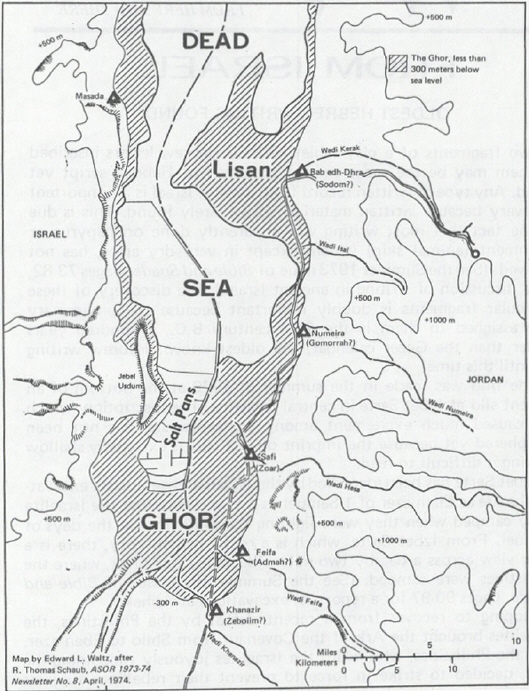From Israel Oldest Hebrew Writing Found -- By: Anonymous
Journal: Bible and Spade (First Run)
Volume: BSP 06:1 (Winter 1977)
Article: From Israel Oldest Hebrew Writing Found
Author: Anonymous
BSP 6:1 (Winter 1977) p. 23
From Israel
Oldest Hebrew Writing Found
Two fragments of a clay tablet with 80 Hebrew letters inscribed on them may be the most ancient specimen of Hebrew script yet found. Any type of written record from ancient Israel is an important discovery because written materials are so rarely found. This is due to the fact that most writing was apparently done on papyrus or parchment (animal skin) which, except in very dry areas, has not survived. (See the Summer 1973 issue of Bible and Spade, pages 73–82, for a discussion of writing in ancient Israel.) The discovery of these particular fragments is doubly important because the preliminary date assigned to them is the 11th century B.C., a hundred years earlier than the Gezer calendar, the oldest known Hebrew writing up until this time.
The find was made in the summer of 1976 at the bottom of an ancient silo at Izbet Sarte in central Palestine. The inscription, which has caused much excitement among archaeologists, has not been deciphered yet because the imprint on the clay is extremely shallow making it difficult to read.
Izbet Sarte has been identified by the Israeli archaeologists excavating the site as Eben-ezer of 1 Samuel 4:1. It was here that the Israelite army camped when they were fighting the Philistines in the days of Samuel. From Izbet Sarte, which is a rocky promontory, there is a clear view across a nearby two-mile-wide valley to Aphek, where the Philistines were camped. (See the Summer 1976 issue of Bible and Spade, pages 90–97 for a report on excavations at Aphek.)
Hoping to recover from a repent defeat by the Philistines, the Israelites brought the Ark of the Covenant from Shilo to Eben-ezer. But the Philistines, who heard the Israelites joyously welcoming the Ark, decided to strike in force to prevent their rebellious subjects from enslaving them. In the ensuing battle, the Israelites were soundly defeated and the Ark was captured by the Philistines.
Excavations at Izbet Sarte have so far revealed the walls of a building 11 x 16 yards in size, with a series of storage silos on its eastern and northern sides. (Jerusalem Post Weekly, August 10, 1976)
BSP 6:1 (Winter 1977) p. 24

THE SOUTHERN GHOR AND PROPOSED LOCATIONS OF THE CITIES OF THE PLAIN
BSP 6:1 (Winter 1977) p. 25
...Click here to subscribe
